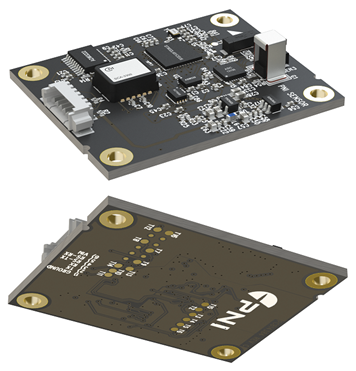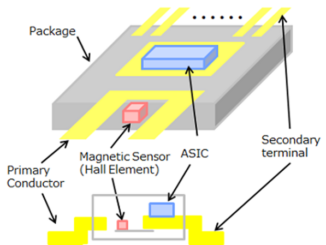
PNI Sensor, a specialist in precision location, motion tracking and fusion of sensor systems into real-world applications, has introduced its new TRAX2 orientation module. It is the only orientation module that provides two different modes — attitude and heading reference system (AHRS) or digital compass, says the company.
The dual-mode capability supports a wide range of applications including drones, robotics and ocean buoys. Incorporating the company’s military-grade magnetic sensors with proven sensor fusion and digital compass algorithms, it is designed to provide the most accurate heading and orientation available, even in demanding conditions, dynamic motion and changes in the local magnetic field.

“PNI has more than two decades’ experience in military-grade navigation. Our high-performance sensor modules are used for compass, heading and navigation in mission-critical applications ranging from bomb disposal robots to unmanned underwater vehicles for submarine detection,” said Robin Stoecker, director of marketing. “The innovative design of TRAX2 and its dual-mode capability gives designers the ability to fine-tune their devices for specific applications and ensure accurate direction and orientation.”
Features include multiple calibration methods to ensure accuracy in a wide range of industrial, scientific, marine and military applications including unmanned aerial vehicles, unmanned ground vehicles and unmanned underwater vehicles.
The module combines PNI’s high sensitivity magneto-inductive sensors with a high stability 3-axis MEMS accelerometer to provide accurate heading information under a wide variety of conditions and the ability to overcome errors caused by changes in the local magnetic field. This provides no drift, high accuracy heading, pitch and roll and long-term static accuracy.
Its AHRS provides unparalleled heading and accuracy when static, while moving and when encountering magnetic distortion, says the company. TRAX employs a patented Kalman algorithm that intelligently fuses PNI’s patented reference magnetic sensors with gyros and accelerometers to overcome errors due to erratic motion and changes in the local magnetic field.
For more information, visit: www.pnicorp.com



